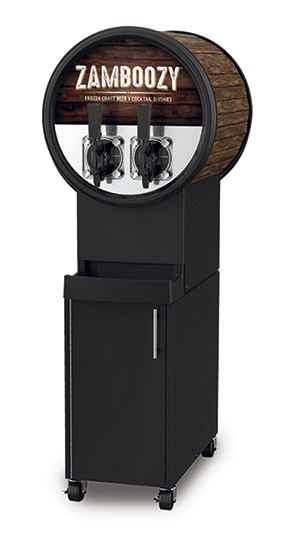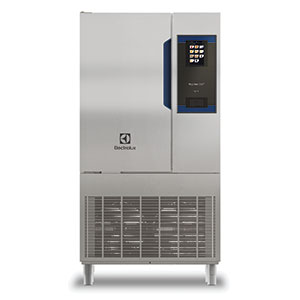Blast chillers bring down food temperatures from 160 degrees F to 38 degrees F in 90 minutes or less to reduce the time food is in the danger zone of between 41 degrees F and 135 degrees F. Because this chilling method forms microcrystals on products, food retains its quality, appearance, nutritional value and flavor.
Refrigeration, Storage and Handling Guides
Walk-in refrigeration is popular for operations that require a large space for cold food storage. Although they are generally simple pieces of equipment, foodservice operators should consider a number of factors when purchasing a walk-in cooler.
Blast chillers are a key piece of equipment for industrial operations that want to cook, then store, large quantities of food. They’re also big-ticket items that operators should be careful with to protect their investments.
Walk-ins are suitable for a variety of foodservice operator segments, from traditional bars and restaurants to institutional applications like schools, hospitals and prisons. Along with fresh produce and raw meat, operators can use walk-in coolers to store beer, wine and dairy items. High-end restaurants may designate separate walk-ins for different meats that have diverse temperature requirements.
Walk-in refrigerators play a key role in many commercial kitchens, keeping products cool and at food-safe temperatures. Because this equipment stores food, which would be pricey to lose, perform proactive maintenance at least twice a year.
With blast chillers, proper temperatures can mean the difference between maintaining food quality during cooling and potentially creating an unsafe environment that breeds bacteria. Proper blast chiller maintenance is important from a safety standpoint since temperature consistency is key for HACCP reporting.




















